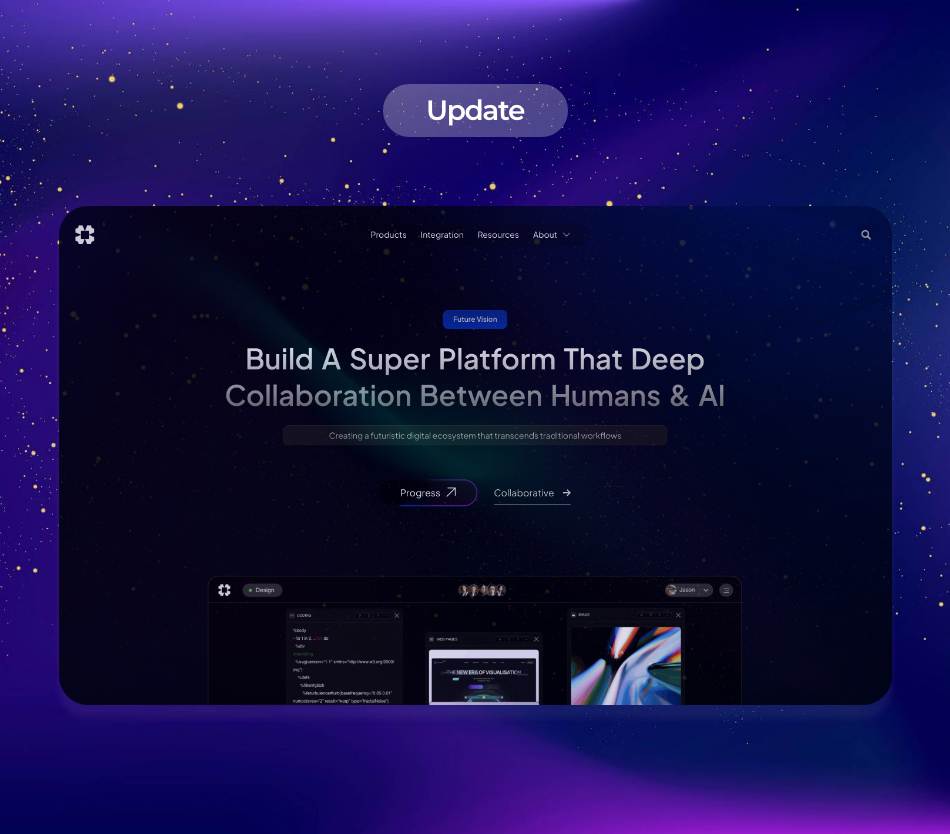Artificial Intelligence Operating Systems (AIOS) are rapidly transforming the technological landscape across various sectors. With the increasing need for efficiency and seamless user experiences, AIOS is becoming an integral component of business automation, consumer electronics, and cross-platform solutions. This article delves into the multifaceted applications of AIOS, showcasing its implications, trends, and industry use cases that underline its significance in today’s digital age.
.
**AIOS for Business Automation: Streamlining Operations and Enhancing Productivity**
As businesses grapple with complex operational challenges, AIOS has emerged as a key player in automating various processes. By integrating artificial intelligence with operating systems, organizations can streamline tasks, reduce human error, and enable better decision-making.
A major application of AIOS in business automation is in customer relationship management (CRM) systems. These systems use AI to analyze customer interactions, predict customer needs, and automate responses to inquiries. Platforms like Salesforce have begun integrating AI-driven features that enable sales teams to better forecast opportunities and manage leads, resulting in increased sales and customer satisfaction.
Moreover, AIOS technology is proving invaluable for supply chain management. AI systems analyze vast amounts of data to optimize inventory levels, predict demand fluctuations, and streamline logistics. Companies like Amazon have leveraged AIOS-integrated solutions to enhance their supply chain efficiency, reducing delivery times and improving inventory management.
According to a report by McKinsey, companies that implement AI in their operations can expect productivity gains of up to 40%. This staggering statistic highlights AIOS’s potential to not only automate mundane tasks but also enhance overall operational efficiency.
.
**AIOS in Consumer Electronics: Redefining User Experience**
In the realm of consumer electronics, the integration of AIOS is revolutionizing the way users interact with devices. Smart home appliances, wearables, and connected devices all leverage AIOS to create a more intuitive and responsive user experience.
For instance, AI-powered virtual assistants such as Amazon Alexa and Google Assistant are embedded in numerous devices, making them more user-friendly. These AIOS platforms learn user preferences and behaviors, allowing for personalized experiences. As a result, consumers benefit from automated routines that save time and enhance their overall lifestyle.
Moreover, AIOS is changing the landscape of entertainment technology. Streaming services like Netflix utilize AI algorithms to analyze user preferences and recommend content tailored to individual tastes. By employing AIOS, these platforms not only enhance user engagement but also optimize content delivery, ensuring a seamless viewing experience.
The consumer electronics market is further enriched by the emergence of AI-powered smartphones, which utilize AIOS functionalities for advanced photography, voice recognition, and predictive text. Companies like Apple have integrated AIOS features into their devices, enhancing functionalities such as Siri and the iPhone’s camera capabilities. This convergence of technology is setting new standards in consumer expectations and shaping the future of electronic devices.
.
**Cross-platform AIOS: Bridging the Gap in Software Development**
Cross-platform AIOS solutions are gaining traction as businesses aim to reach wider audiences without the hefty investment of developing multiple applications for different operating systems. These platforms enable developers to create software applications that work seamlessly across various operating systems, streamlining development processes.
One notable example is Microsoft PowerApps, which allows organizations to build custom applications using a visual interface, enabling users to automate workflows and data management on a cross-platform basis. Additionally, tools like Flutter and React Native empower developers to write code once and deploy it across multiple devices and platforms—essentially minimizing the learning curve and increasing efficiency.
Cross-platform AIOS solutions also facilitate better integration between device ecosystems. For instance, an AIOS developed for IoT devices can ensure that smart home systems communicate effectively, regardless of the underlying operating system, optimizing user experiences across various devices. This capability is imperative, as consumers increasingly seek connected solutions that function harmoniously within their homes.
Furthermore, as the market for mobile applications continues to expand, businesses must leverage cross-platform AIOS to maximize their reach and revenue. Reports suggest that the mobile app market is expected to reach $407.31 billion by 2026, highlighting the potential for cross-platform tools to capture a significant share of the growing landscape.
.
**Industry Use Cases: AIOS Innovations in Action**
Various industries are already reaping the benefits of incorporating AIOS into their operations. One notable case is in healthcare, where AIOS enables advanced medical imaging analysis, enhancing diagnostic accuracy. Companies such as GE Healthcare are utilizing AI-powered imaging software to assist radiologists in identifying diseases more accurately and promptly, ultimately improving patient outcomes.
In the automotive sector, Tesla’s AIOS for self-driving cars represents a revolutionary leap in how vehicles interact with their environment. The AIOS enables vehicles to process vast amounts of data from sensors and make real-time decisions, drastically improving safety and efficiency in transportation.
Additionally, in the retail sector, companies like Walmart are employing AIOS to personalize customer experiences. By analyzing shopping behaviors and preferences, Walmart’s AIOS can suggest products in real-time, thereby increasing conversion rates and customer satisfaction.
Even in finance, institutions are turning to AIOS to manage risk and enhance security. Banks are utilizing AI-driven platforms to detect fraudulent activities, analyze transaction data, and automate customer interactions through chatbots, leading to improved service and reduced operational costs.
.
**Conclusion: The Future of AIOS in Shaping Industries**
Artificial Intelligence Operating Systems have firmly established themselves as a transformative force across various sectors. Whether it’s revolutionizing business automation, redefining consumer electronics, or enabling cross-platform solutions, AIOS is set to engage users and streamline processes like never before.
As businesses continue to adopt AI-enabled technologies, we can anticipate innovations that further enhance productivity, efficiency, and user experience. The integration of AIOS into everyday life and industry operations hints at a future where technology operates seamlessly, enabling work and play in extraordinary ways.
Organizations and developers that embrace AIOS will position themselves at the forefront of this technological revolution, harnessing the potential of artificial intelligence to drive growth, foster innovation, and, ultimately, redefine the expectations of consumers and businesses alike.
.
**Sources:**
1. McKinsey & Company. (2022). “The state of AI in 2022.” [McKinsey Report](https://www.mckinsey.com/)
2. Harvard Business Review. (2023). “Using AI in CRM: Best Practices.” [HBR](https://hbr.org/)
3. TechCrunch. (2023). “How AI is Transforming the Consumer Electronics Market.” [TechCrunch Blog](https://techcrunch.com/)
4. Forbes. (2023). “The Future of Cross-Platform Development.” [Forbes](https://www.forbes.com/)
5. MarketsandMarkets. (2022). “Mobile App Market by Component.” [Market Research](https://www.marketsandmarkets.com/)
This article captures the current landscape of AIOS applications, offering insights into their potential and real-world use cases that illustrate the enormous impact of their adoption across various industries. The trends indicate a shift towards increased integration and reliance on AIOS as a cornerstone of future technological innovation and operational excellence.




























